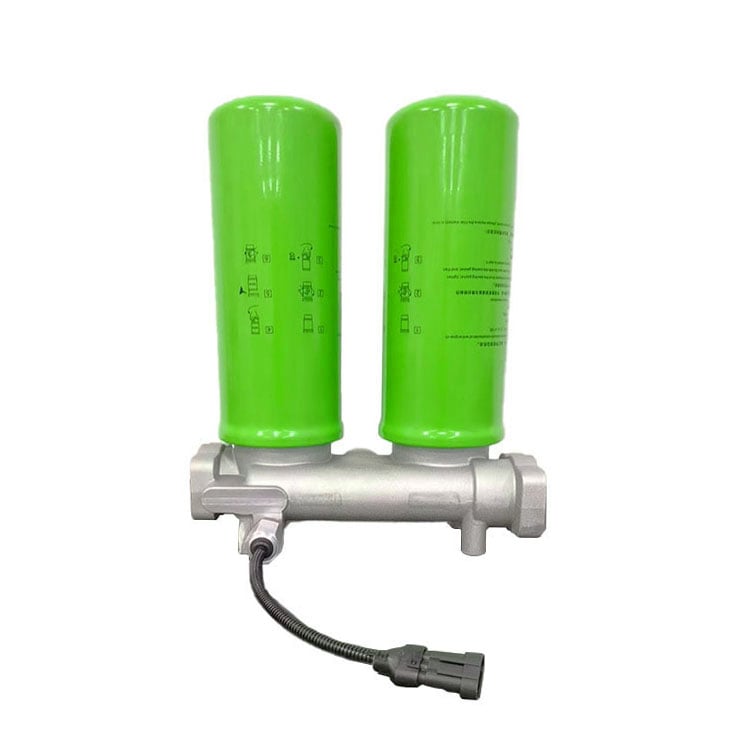A dual filter typically refers to a system or device that employs two different types of filters in sequence to achieve a specific outcome, often to improve the efficiency or effectiveness of a process. The working principle of a dual filter can vary depending on its application, but here are some general principles:
-
Complementary Action of a dual filter: Each filter in the dual system addresses different aspects of the filtration process. For example, one filter might remove larger particles while the other targets smaller particles or impurities. This complementary action ensures a more thorough cleaning or separation process.
-
Staged Filtration: In many cases, the first filter (primary filter) is designed to handle bulk removal or coarse filtration, capturing larger contaminants and reducing the load on the second filter (secondary filter). The secondary filter then performs fine filtration, targeting smaller particles that the primary filter may have missed.
-
Improved Efficiency of a dual filter: By using two stages of filtration, the overall efficiency of the system can be significantly increased. The initial filter reduces the amount of work required by the subsequent filter, prolonging its lifespan and maintaining optimal performance for longer periods.
-
Enhanced Purity/Quality: Dual filtration systems often result in higher purity or quality of the output because they effectively remove a wider range of contaminants than a single-stage filter could achieve alone. This is particularly important in applications where even trace amounts of impurities can affect the end product's quality or safety.
-
Flexibility in Maintenance of a Dual Filter: Having two filters can provide flexibility in maintenance schedules. If one filter becomes clogged or less effective, the other can continue to operate, allowing for scheduled maintenance without completely shutting down the system.
-
Application-Specific Design: The choice of filters and their arrangement depend on the specific requirements of the application, such as air filtration in HVAC systems, water treatment plants, industrial processes, or medical devices. For instance, an HVAC system might use a pre-filter to catch large dust particles followed by a HEPA filter for removing fine particulates and allergens.
In summary, the working principle of a dual filter revolves around leveraging two distinct filtration mechanisms to enhance the effectiveness, efficiency, and longevity of the filtration process, tailored to meet the specific needs of the intended application.
Quote Inquiry
Contact us!

